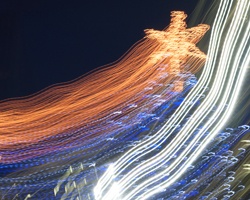The New York Institute of Photography is one of the world’s largest photography schools and because we are, we often publish fun and useful photography tips on our photography blog. Please enjoy!
The last time I traveled to Italy, my main cameras were Canon DSLRs. On this trip however, things would be different. With seven days in Tuscany followed by a week in Venice, I decided to lighten the load. My kit consisted of two mirrorless cameras and a couple of PRO lenses. In this article I’ll focus on the Olympus 12-40mm lens.
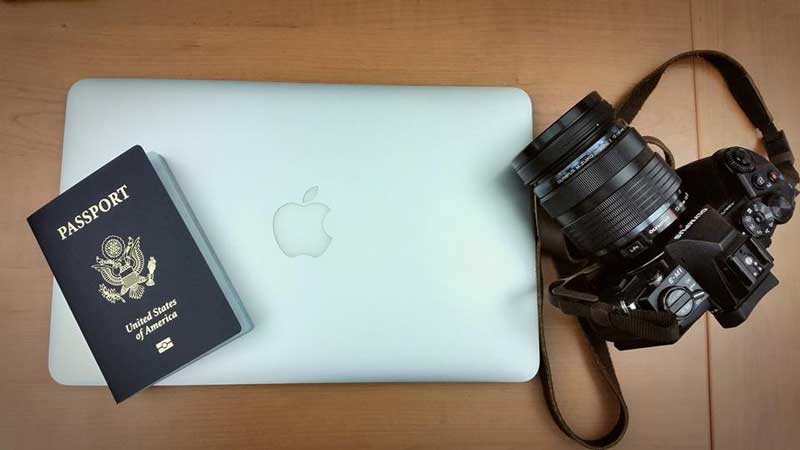
I've chosen Olympus cameras because they're small, tough, and full of innovative features. The ability to create unique photos is of paramount importance, especially in tourist areas that are heavily photographed. Put simply, I need a camera that allows me to achieve my vision without getting in the way.
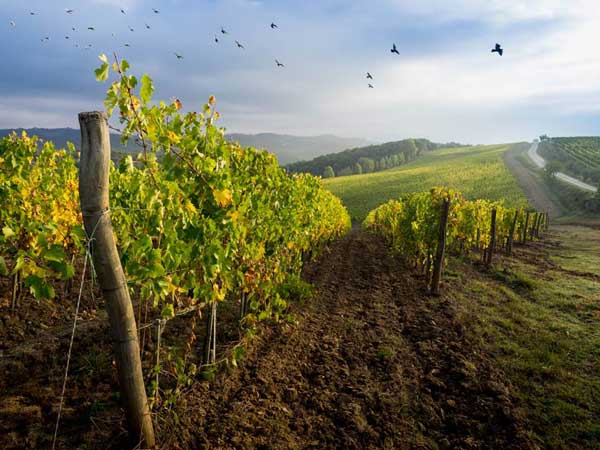
The Olympus 12-40mm has an effective focal length of 24-80mm making it extremely versatile. This fits my needs well, as I shoot a wide variety of subjects. With a constant aperture of f/2.8, it’s possible to shoot wide open throughout the entire range. Unlike other kit lenses, there is no need to stop down for optimal performance. Results are stellar wide open, with no noticeable chromatic aberration or diffraction. This makes it a workhorse for low light work, whether indoors or out.
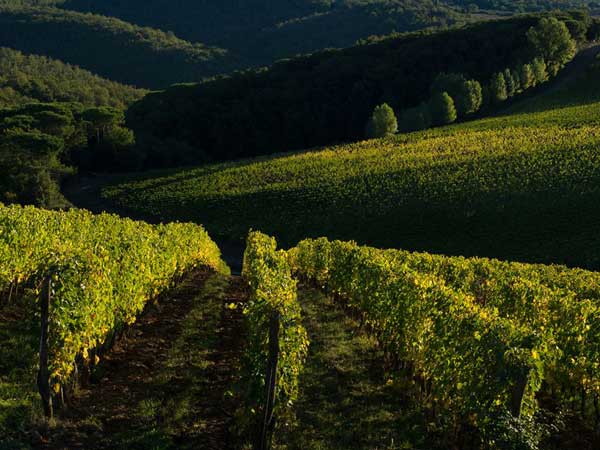
From corner to corner, the 12-40mm is the sharpest lens I’ve ever owned. That makes it invaluable for landscape and travel work, particularly when great depth of field and critical focus is desired. I have done side by side comparisons with DSLRs and pro lenses, and to my eye, the Olympus lens is sharper. Granted, these were not scientific tests, but for me, a real world study is perhaps more valuable than any static chart. While many zoom lenses compromise clarity for convenience, this lens has the rare combination of both.
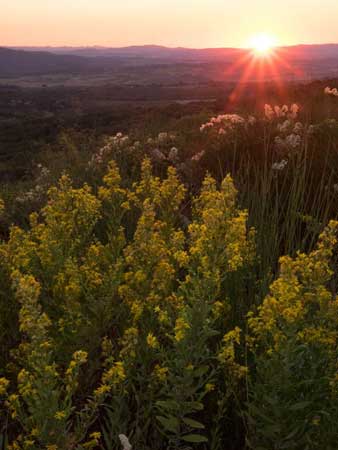
When compared with the equivalent offering for DSLRs, a number of additional benefits are revealed. For example, the Canon 24-70mm f/2.8 weighs 28.40 ounces (805 g), more than twice as much as the Olympus at 13.47 ounces (382 g). After a long day of hiking and traveling, with gear on by back, this makes a big difference. With the lighter kit, I’m ready to go further, and faster. It’s also small enough to keep with me every day, greatly reducing any missed opportunities. In addition to the weight savings, it’s also quite reasonably priced. The Canon and Nikon version of this focal length averages $1899 while this Olympus model can be purchased for around $899.
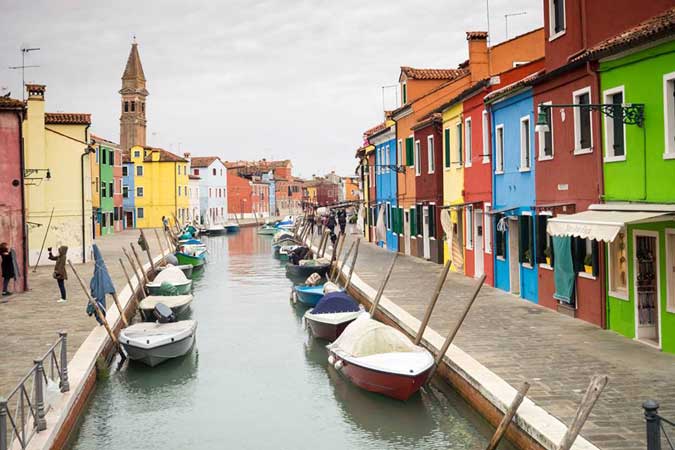
Perhaps the most unexpected benefit is the ability to shoot extreme close-ups. In fact, I recently sold my 100mm Canon macro lens as this satisfies my macro needs. With a minimum focusing distance of 20 centimeters (7.9 inches), it is ideal for flowers, plant life, and butterflies. Having this type of capability in a single lens makes it possible to do more while traveling lighter.

Despite what some critics have reported, it is quite possible to achieve shallow depth of field with a micro 4/3 system. Admittedly, the background won’t be as out of focus as an equivalent lens on a full frame camera, but it absolutely gets the job done. With this particular lens at f/2.8 I’ve found the bokeh to be very pleasing. In fact, I have no problems reaching for this lens should shallow depth of field be necessary.
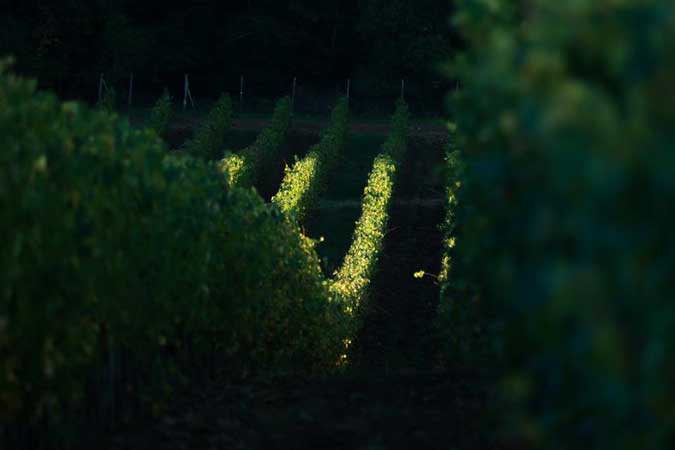
Perhaps there’s no worse feeling than struggling to find focus as the magic light fades. Unlike many zooms, this lens does not hunt for focus. Whether you are using a camera with contrast or phase detection, it locks onto the subject, and fast. Not only does this benefit outdoor work, but also those indoor situations when the light levels are very low.
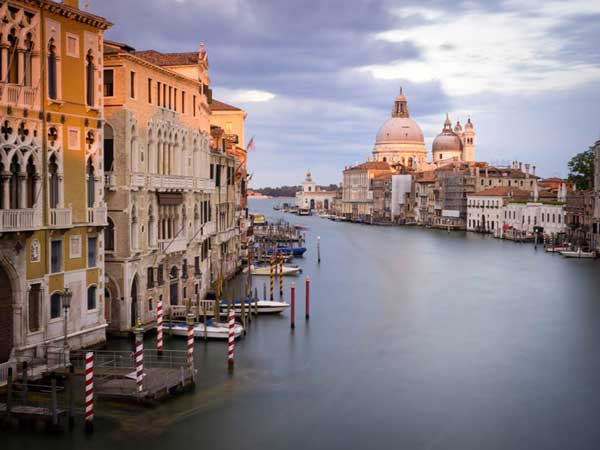
This lightweight system has made me feel more dangerous photographically, and by that I mean, ready for anything in an instant. My EM10 has the 12-40mm while the EM1 has the 40-150mm mounted. Again, for those who think a smaller sensor is a limiting factor, they would only need to see these shots at 1:1 in Lightroom. The detail is unreal. I honestly believe that this is the best overall camera system I've ever used, and that includes my full frame Canon 6D. In the right hands this set-up does everything right with little compromise. At 16mp the files sizes are large with enough resolution for professional work, stock sales, and massive prints.
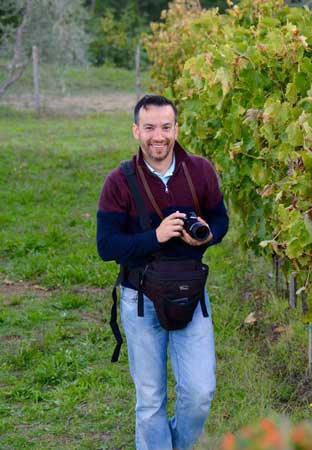
Want to learn more? NYIP offers accredited photography classes that can help you learn photography or start a new career. Request your free course catalog today!


